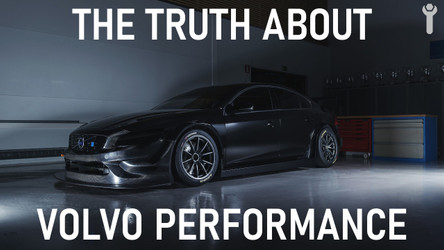The Truth About Volvo Performance
Posted by Max R on 17th Sep 2021
Most people wouldn't typically use the words "Volvo" and "performance" in the same sentence. Safety and reliability? Maybe. But as a Volvo enthusiast, you know just how special your Swedish muscle is. Seeing a modified, high-performance Volvo out in the wild is, well, rare. As a result, knowing how capable your Volvo really is may be a surprise to you. So, we're here to make it known what Volvo performance really is.
What kind of performance can you expect from your Volvo?
Below, you'll find a breakdown for each chassis regarding what kind of horsepower is achievable, and even some motorsport history!
P80
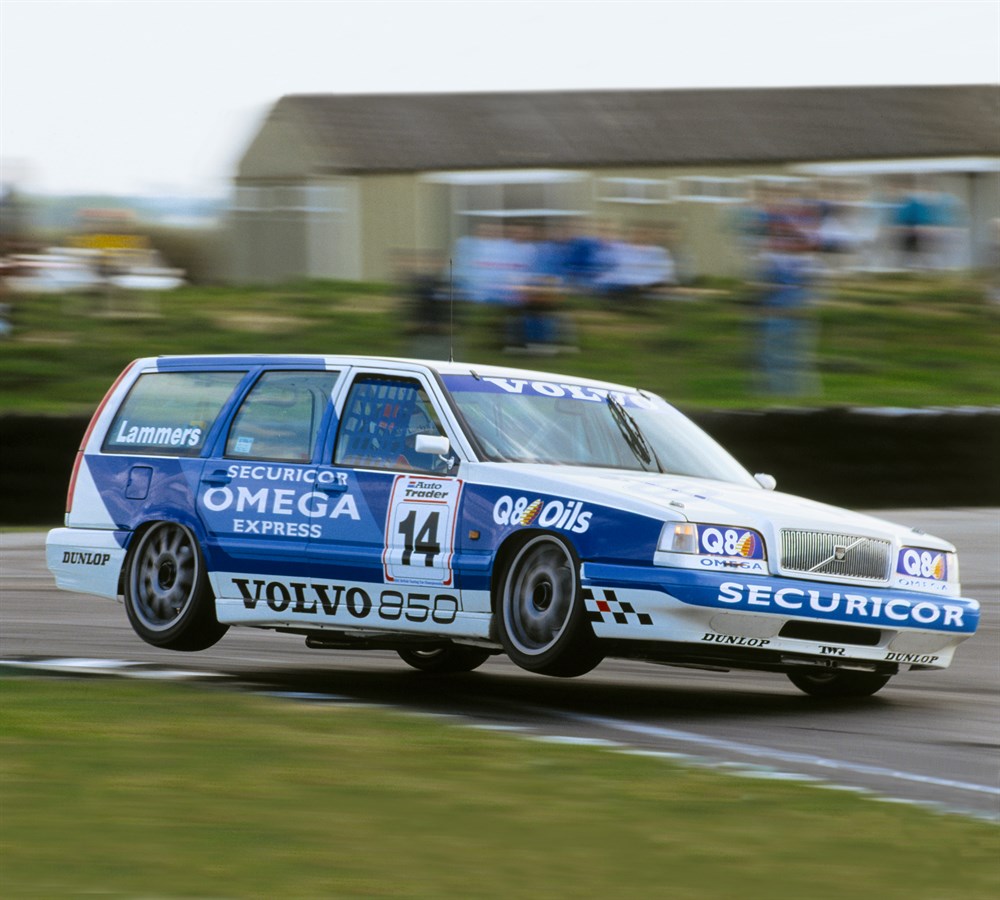
The P80 chassis introduced the world to Volvo’s famous 5-cylinder engine. This came along with front-wheel drive, then all-wheel drive options. While highly modified, the Volvo 850 designed for the British Touring Car Championship was the first glimpse at the chassis’ poise in motorsports. From the factory, the 850R and V70R made around 240 horsepower.
There are plenty of examples of built 850’s, S70’s, and even V70’s and C70’s running around with over 400 horsepower. There is even one example where Matt, from Hell Moose Performance, built and tuned his AWD-converted T-5R to 800+ wheel horsepower. The best part? It looks completely stock from the outside. The definition of a true Volvo sleeper.
P2
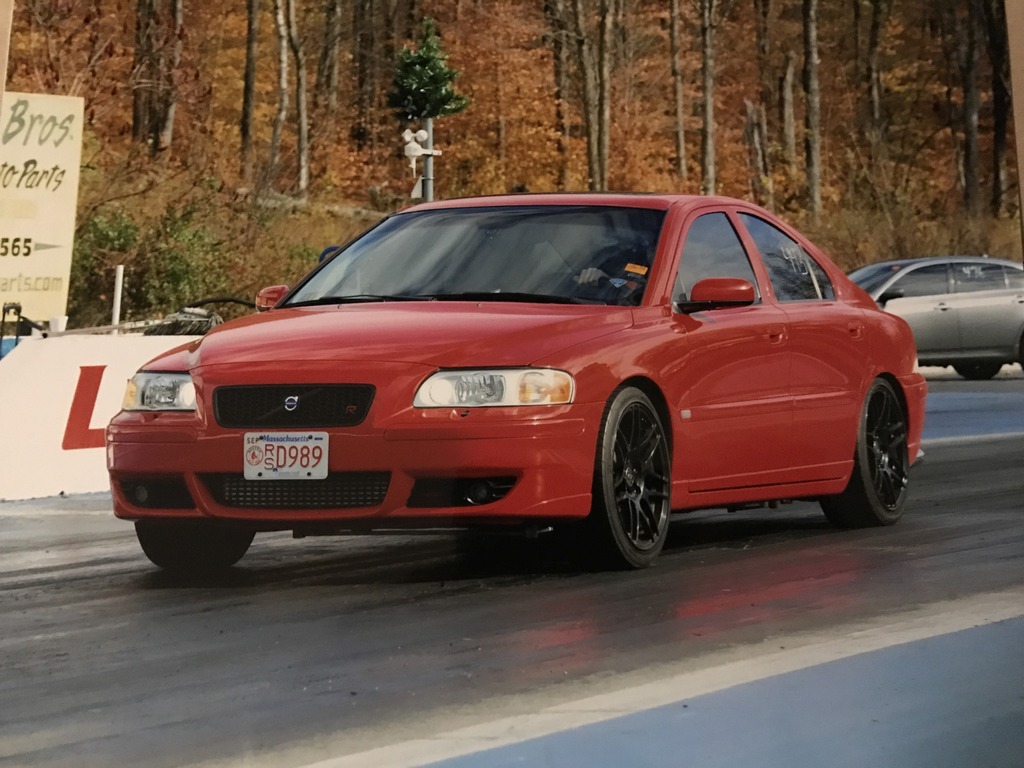
The P2 chassis improved upon the already successful P80 chassis with technological advancements such as dual variable valve timing, standard independent rear suspension, and electronically-controlled all-wheel drive. Forged bottom ends in the R models meant high-horsepower potential from the factory. The bigger “R” Brembo brakes and K24 turbo also made OEM bolt-on options plentiful. Just like the P80's, the P2's are easily tunable and can make a decent bit of power before maxing out the engine, especially if you have a K24.
Also like the P80’s, there are numerous P2’s with 400 plus horsepower. There is one that stands out though. Travis (RedDevil on Swedespeed) has built his S60R to be over 800 all-wheel horsepower, absolutely tearing up the track at roll races. This is yet ANOTHER example where the car looks nearly stock from the outside, further solidifying Volvo's sleeper reputation.
P1
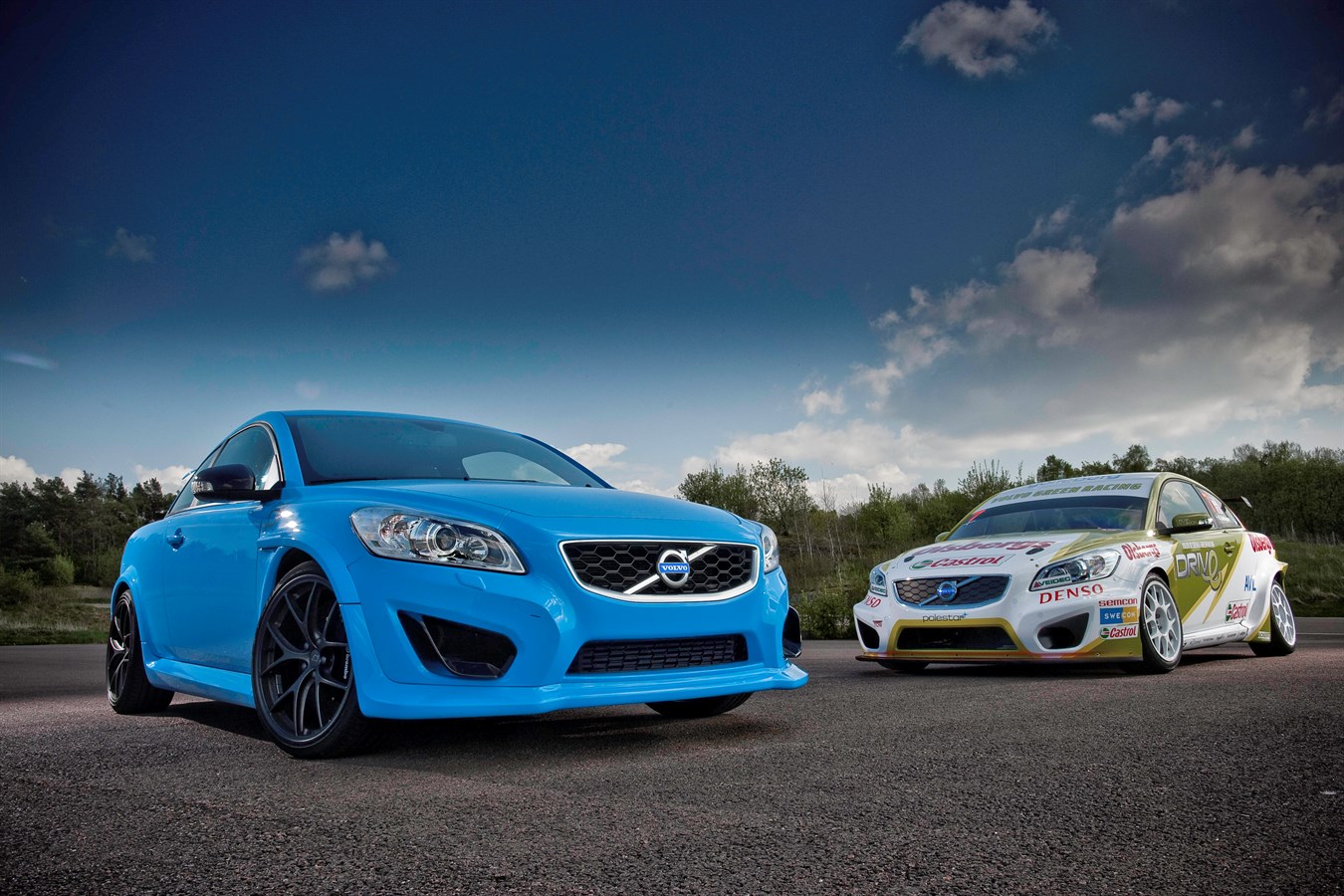
P1’s were the first chassis that was truly Ford inspired. It shares technology with the Ford Focus and Mazda 3. Some may say this is a bad thing (as these people are typically Volvo purists), but the P1 chassis still has a lot to offer. Stock T5 models came with a 2.5L 5-cylinder with a Borg Warner K04 turbocharger. With just some bolt-on's (which are plentiful thanks to the Ford/Mazda aftermarket) and a tune, enthusiasts have easily made 300bhp. Not to mention the shorter wheel-base allows for improved handling over some of the larger models.
Polestar tried their hand at making the ultimate track toy with a facelift C30. All-wheel drive, 451 horsepower, an upgraded K26 turbo, and wind-tunnel-developed aero upgrades. If there was any Volvo that could handle in the corners and hang with the big boys, this was it.
P3

Volvo’s P3 platform was another Ford-based chassis. However, this one introduced the revised T6 after the horrific T6 drivetrain disaster in the P2 S80 and XC90. The new and improved T6 drivetrain was a 3.0L 6-cylinder with a big Borg Warner turbo strapped to the back of it, with power being delivered through the TF-80SC transmission. Later models received the current VEA 2.0L 4-cylinder.
This was the first platform that delivered a true Polestar-optimized (a little foreshadowing here, similar to the R-design) car to the consumer. Polestar S60 and V60’s had upgraded turbo’s, brakes, and engine maps, as well as other styling upgrades. It’s unclear just how much power these engines can hold without internal upgrades, but there is massive potential, especially if the stock bottom-end is upgraded. Expect 400bhp easily out of a stock Polestar with some bolt-ons.

The S60 TC1 was another race car built by Polestar, where this one utilized the VEA 4-cylinder. While other competitors were using specially-designed race engines, Volvo continued using an engine designed for daily-use. Why? Because they believed in it (and it was modified, but that's not as cool of a storyline). They still managed to squeeze 400 horsepower out of the lighter 2.0 liter.
SPA
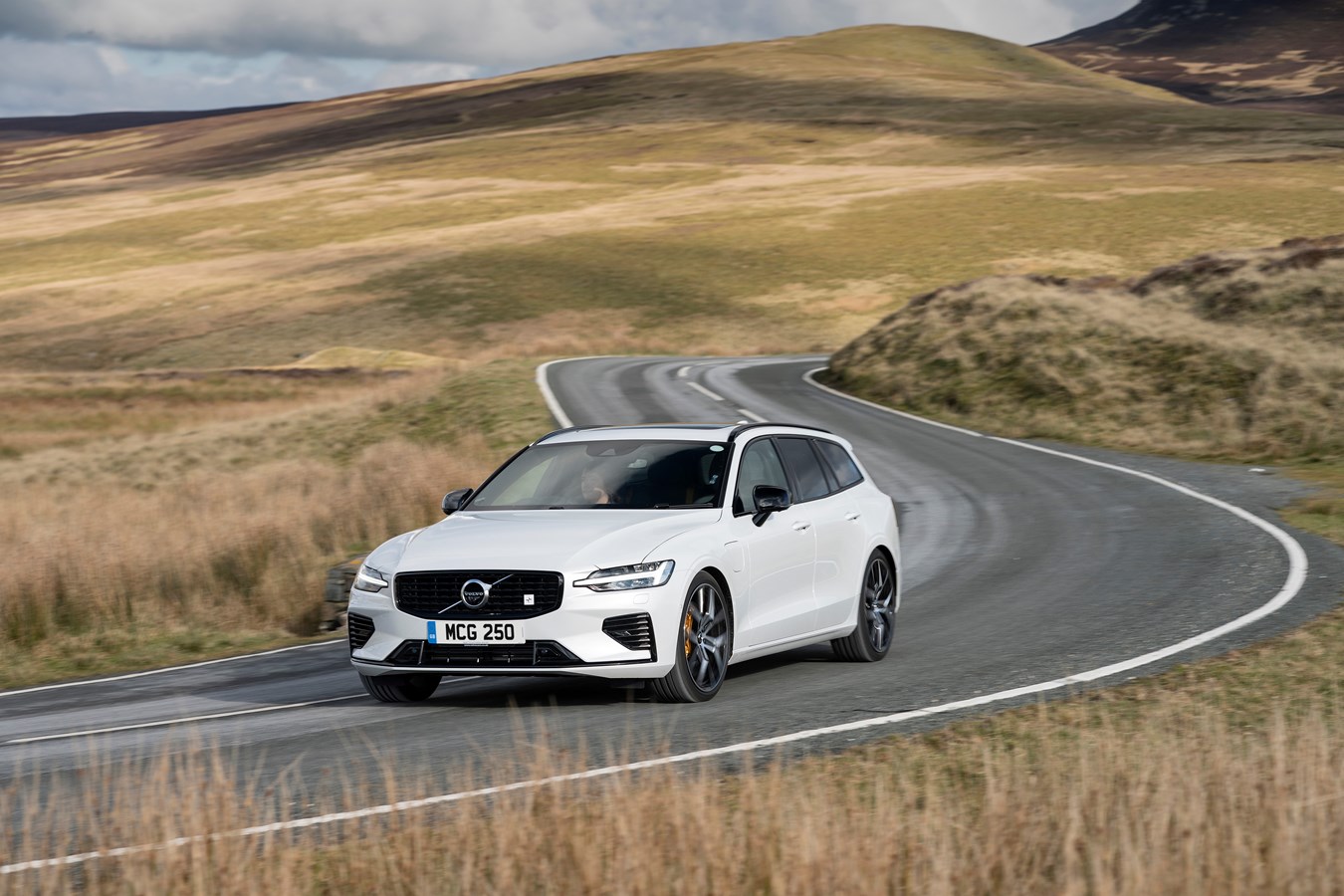
Similarly to the P3 chassis, the Polestar models were the cream of the crop. While the 6-cylinder was dropped in favor of the VEA 4-cylinder, Volvo’s new engine puts in serious work with stock power levels of 367 horsepower (not considering the additional electric motor on T8 models). These cars also came with upgraded brakes and tuning options.
If you have a tuned or built 3.0L T6 engine or 2.0L VEA 4-cylinder, message us so we can add reference points to this article!
As it goes to show, Volvo's are incredibly tunable and capable chassis, they just need to fall into the right hands. If you have any questions or comments regarding this blog post, feel free to email us or message us on Facebook!



